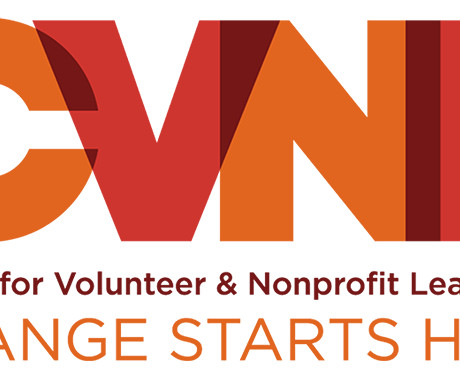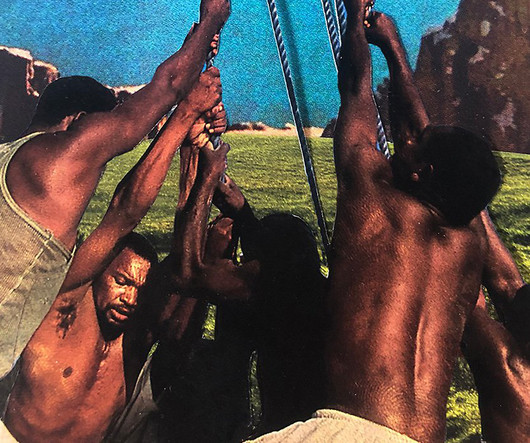Diaspora Philanthropy 3.0
Stanford Social Innovation Review
APRIL 7, 2025
In America, Indian Americans are now recognized as the wealthiest ethnic group in the country with growing political influence. Decades of focusing on cultivating businessmen (and a few women) in their 50s, 60s, and 70s has shaped fundraising practices to a large degree. India remains a country of contradictions.













Let's personalize your content